5 Polygamous Animals
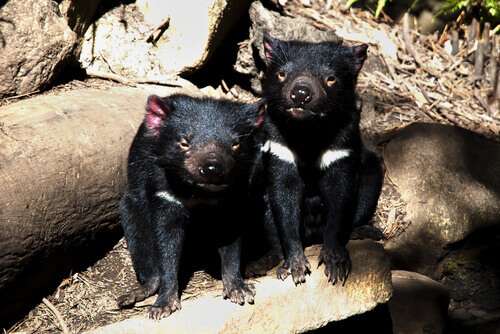
As human beings we base our personal relationships on morals, customs, or religion. This doesn’t happen among other living beings, and this is why some animals are polygamous and have more than one partner at a time. Find out more in the following article.
Some examples of polygamous animals
Polygamy means that an individual has several partners at the same time. In most cases, it’s a male with a ‘harem’ of females, although sometimes the opposite is true. Let’s take a look at a few polygamous animals:
1. The Tasmanian devil
Made famous by a Warner Brothers cartoon, this animal—pictured at the top of this article—is endemic to the island of Tasmania. Its reproductive habits are curious; first of all, the males fight each other for females and, once they ‘win’ a female, they have to guard her to prevent female ‘infidelity’.
This is because females can ovulate three times in the same season and mate with several males in that time. After a gestation period of three weeks, they give birth to several pink and hairless offspring, of which only four survive (one for each nipple of the female).
2. Wildebeest
This large antelope is native to Africa and looks like a mix between a bull and a deer. It’s characterized by its long, shaggy mane, as well as a beard from neck to chest and legs several inches long that end in hooves.
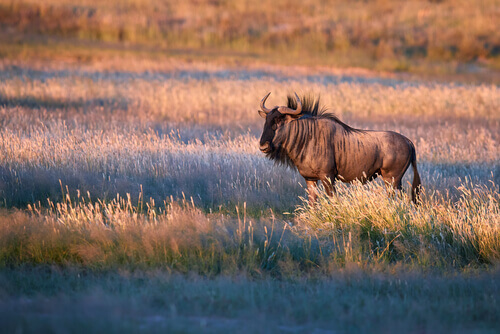
The wildebeest is herbivorous, migrates in groups of up to a million individuals in search of fertile grasslands, and is quite wild. During this season, the rut also begins: a male ‘groups’ several females—the healthiest and most resistant—to mate with and defend from other males.
3. The rhea
Although most birds are monogamous, and many of them keep the same partner all their lives, the rhea is one of the exceptions. And they don’t stand out only because of this, but also for the fact that they can’t fly and that sexual dimorphism isn’t so pronounced.
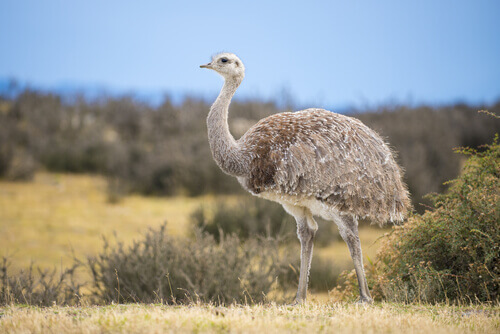
Similar to the ostrich, rheas live in groups of up to 50 individuals during winter and fall. However, in the warmer seasons they separate into smaller flocks, with dominant males. These fight each other for the ‘best’ females.
One of the most curious facts about rhea reproduction is that, once the male has mated with all his females, he incubates the eggs himself and, when the chicks are born, also raises and feeds them.
4. Ants
This insect not only belongs to the group of polygamous animals, but also to those that practice inbreeding (mating between members of the same family). In this case, it’s the female that has several males at her disposal: the so-called drones.
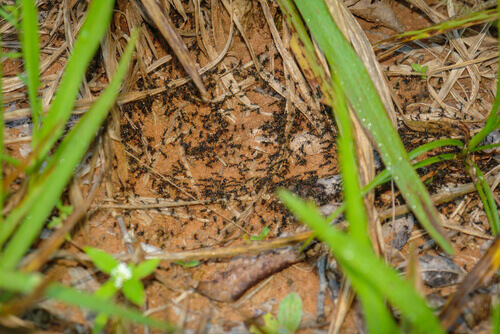
The queen ant is in charge of mating with a handful of males—her offspring—and giving birth to thousands of eggs. In addition, she’s the one who decides how many of her offspring will be infertile warrior females or reproductive males.
5. Polygamous animals: Gorillas
These large primates that live in Africa are a clear example of polygamy in animals. Once they become sexually active—around 12 years of age—the males develop a silver mark on their back. This sign of strength and dominance gives them the right to fight with others with the same mark to gather a harem of females.
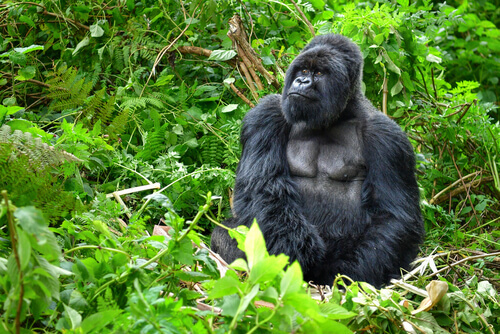
A group of gorillas may consist of a dominant male, four or five females with whom he copulates, with the rest being juveniles. When the young males go through puberty they have to leave the herd and start their own family.